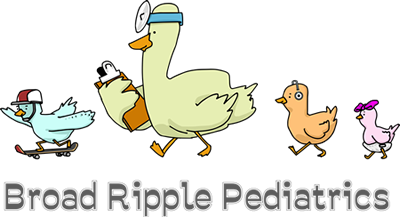Head lice infestation is common and not a reflection of poor personal hygiene. Children between 3 to 12 years are the most commonly affected age group because they are in close contact with each other at school and daycare. These children often spread lice to their families at home. The peak season for infestation is August through October.
Lice are tiny parasitic insects that feed on human blood. They come in 3 forms: nits (eggs), nymphs (baby lice), and adults. The eggs are white to yellow/brown and attach to hair near the scalp. Adult lice are about the size of a sesame seed and are tan to gray. They survive up to 30 days on the human head; only 1 day when when they fall off.
Lice tend to congregate behind the ears and nape of the neck. Signs of infestation include itching of the scalp and irritability. Some children develop sores from scratching. When examining a child’s hair use a magnifying glass.
OTC meds have often been rendered useless due to resistance. Newer meds (Ulesfia, Natroba, and Sklice) have been used and most often successful in a rotating basis.
Other recommendations include:
- Vacuum rugs, furniture, mattresses, and car seats. Dispose of vacuum bag after use
- Machine wash in hot: personal items, clothing, and bedding
- Soak combs, brushes, and hair clips in boiling water for 10 minutes.
- Anything not washable (bedspreads, pillows, stuffed toys) seal in a trash bag for 2 weeks.
